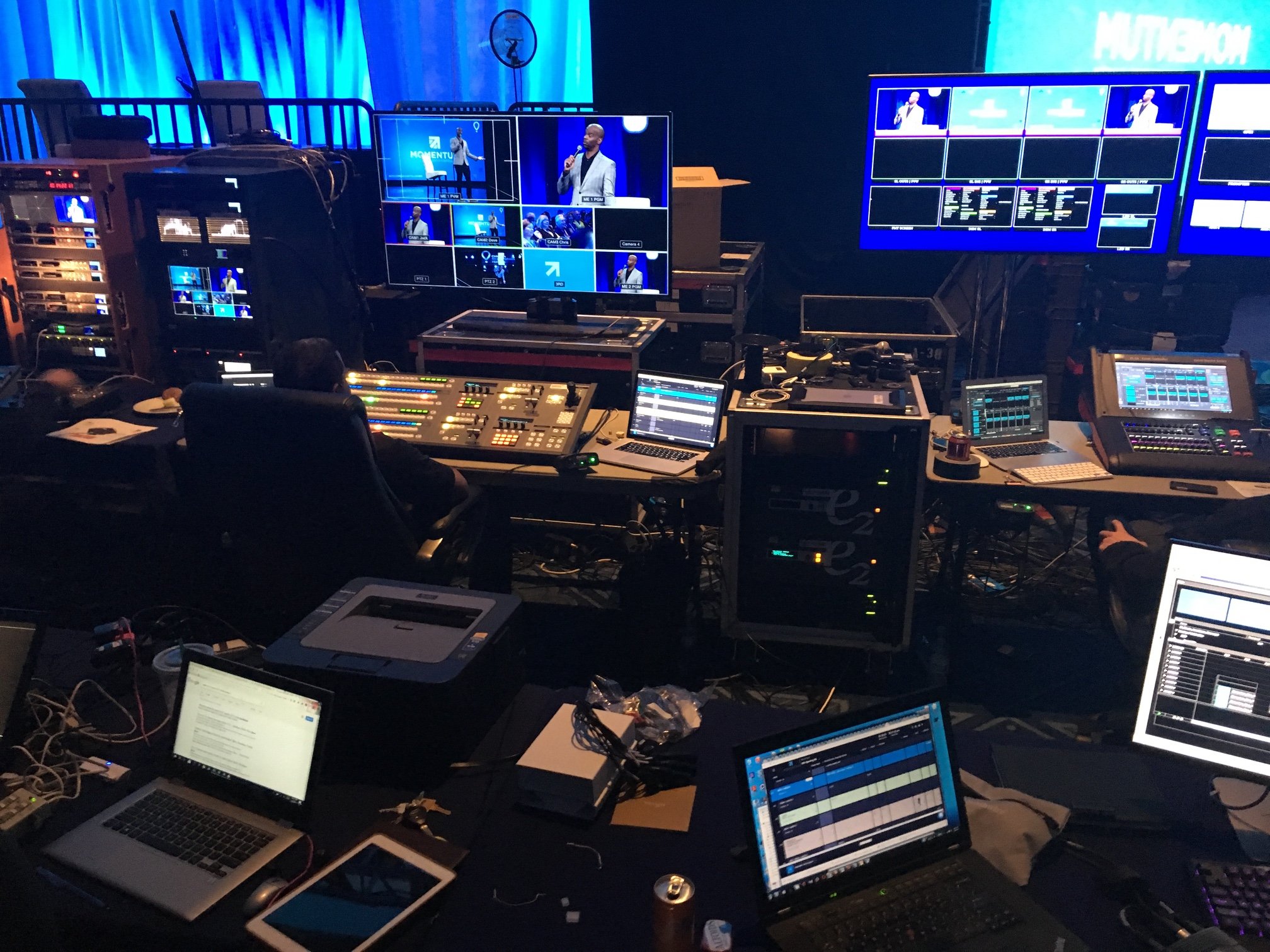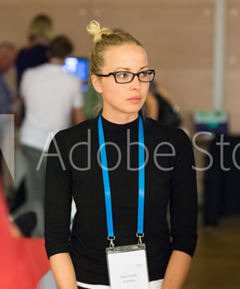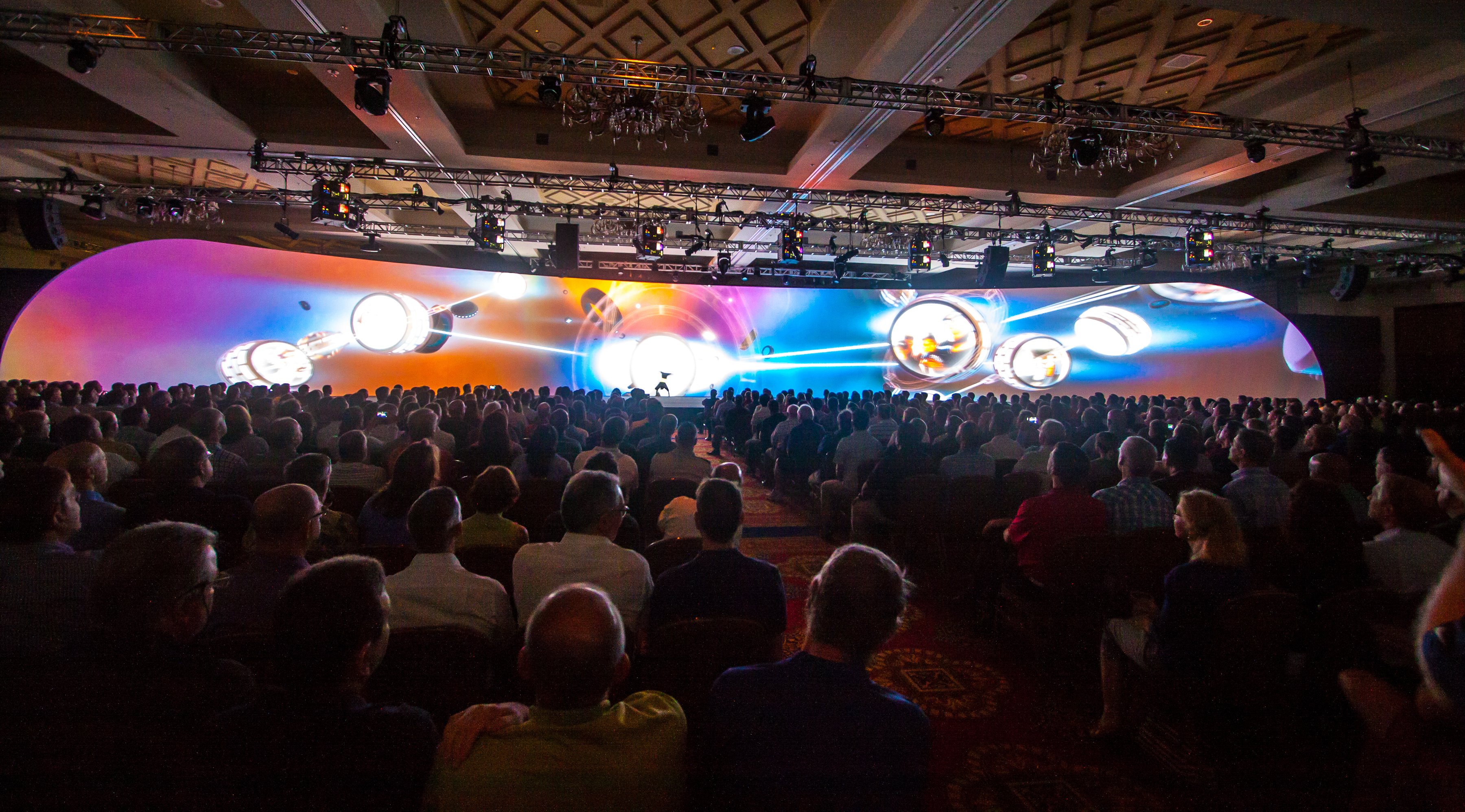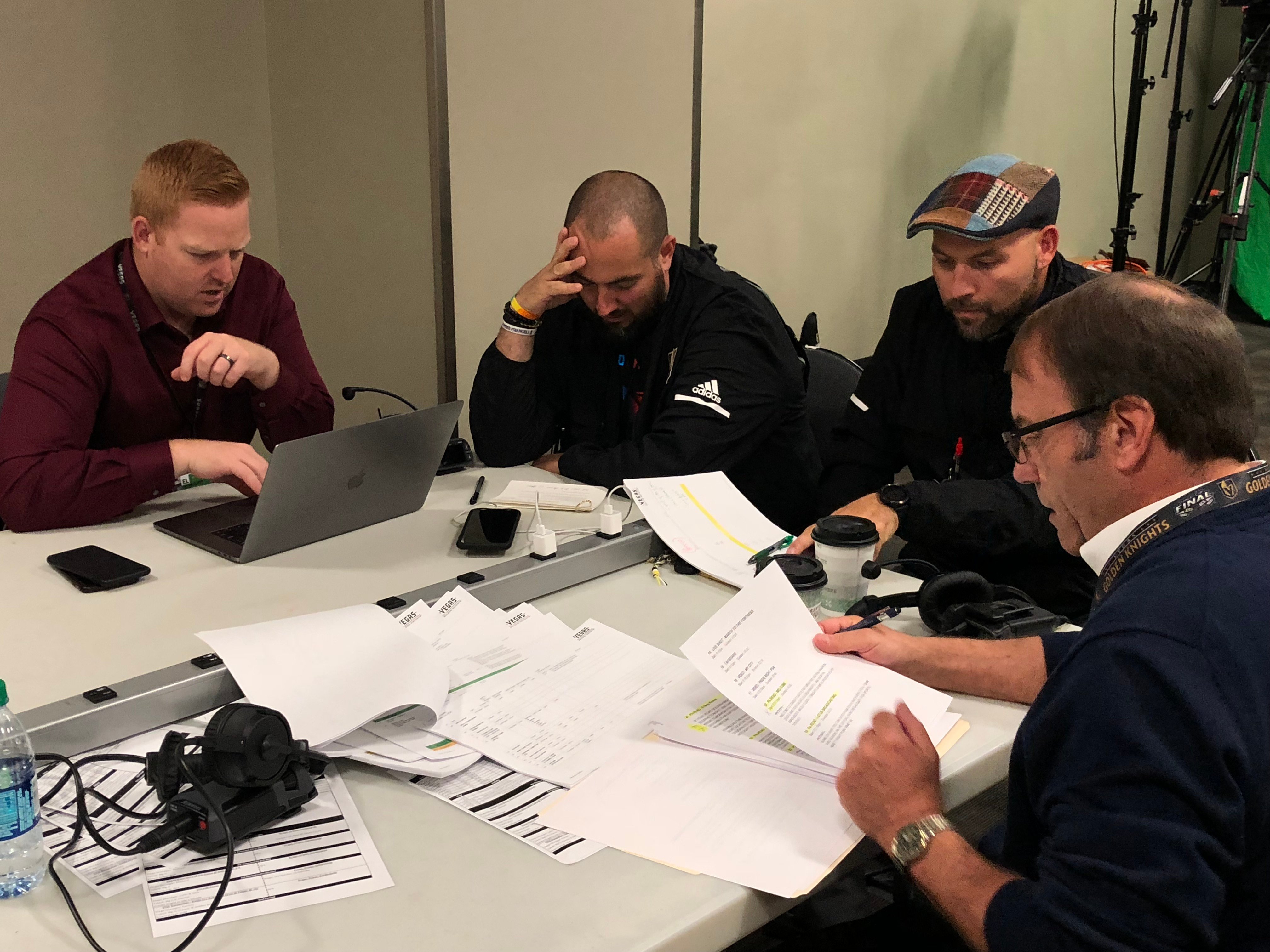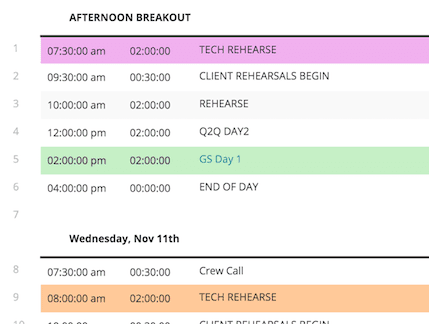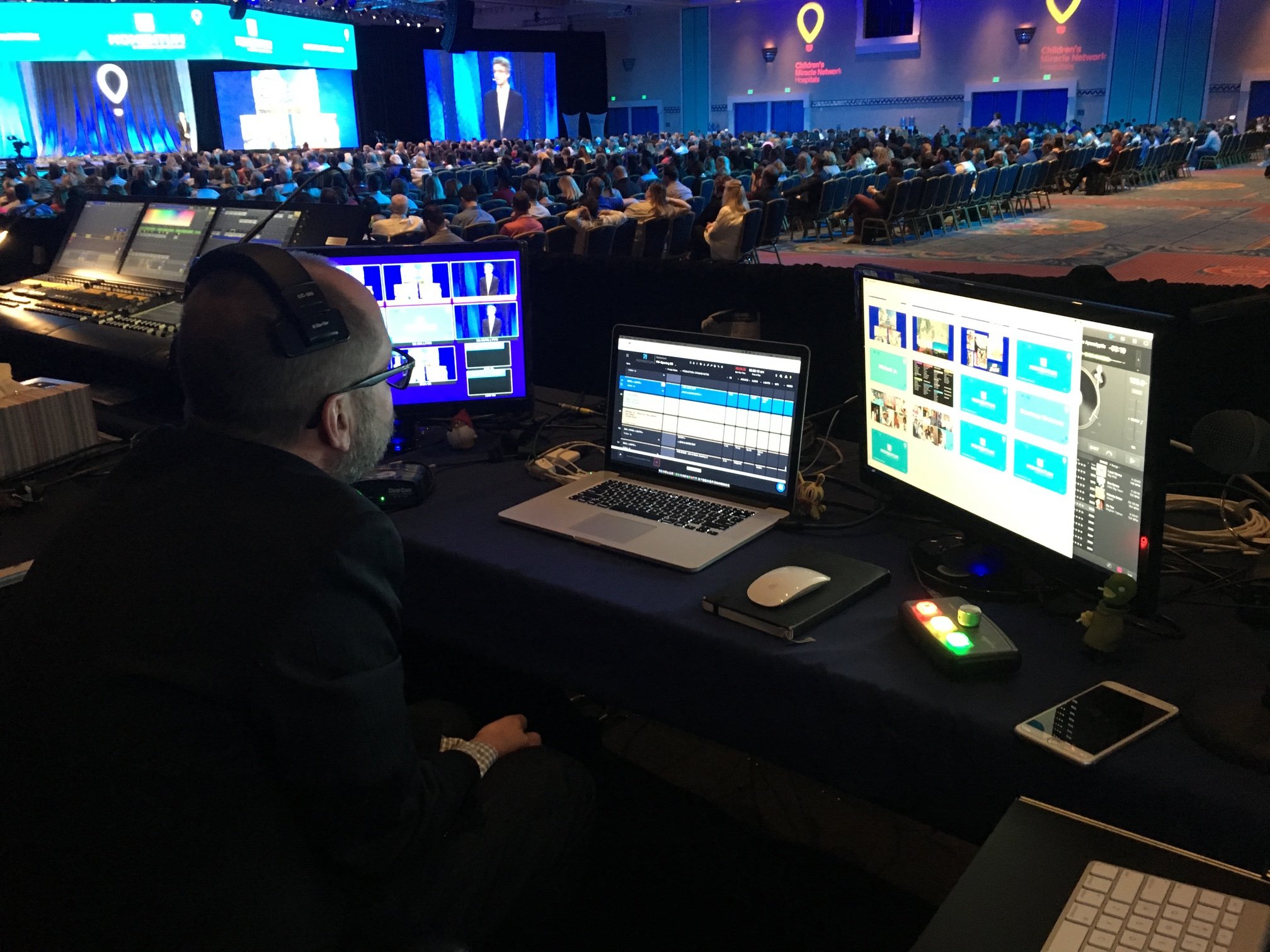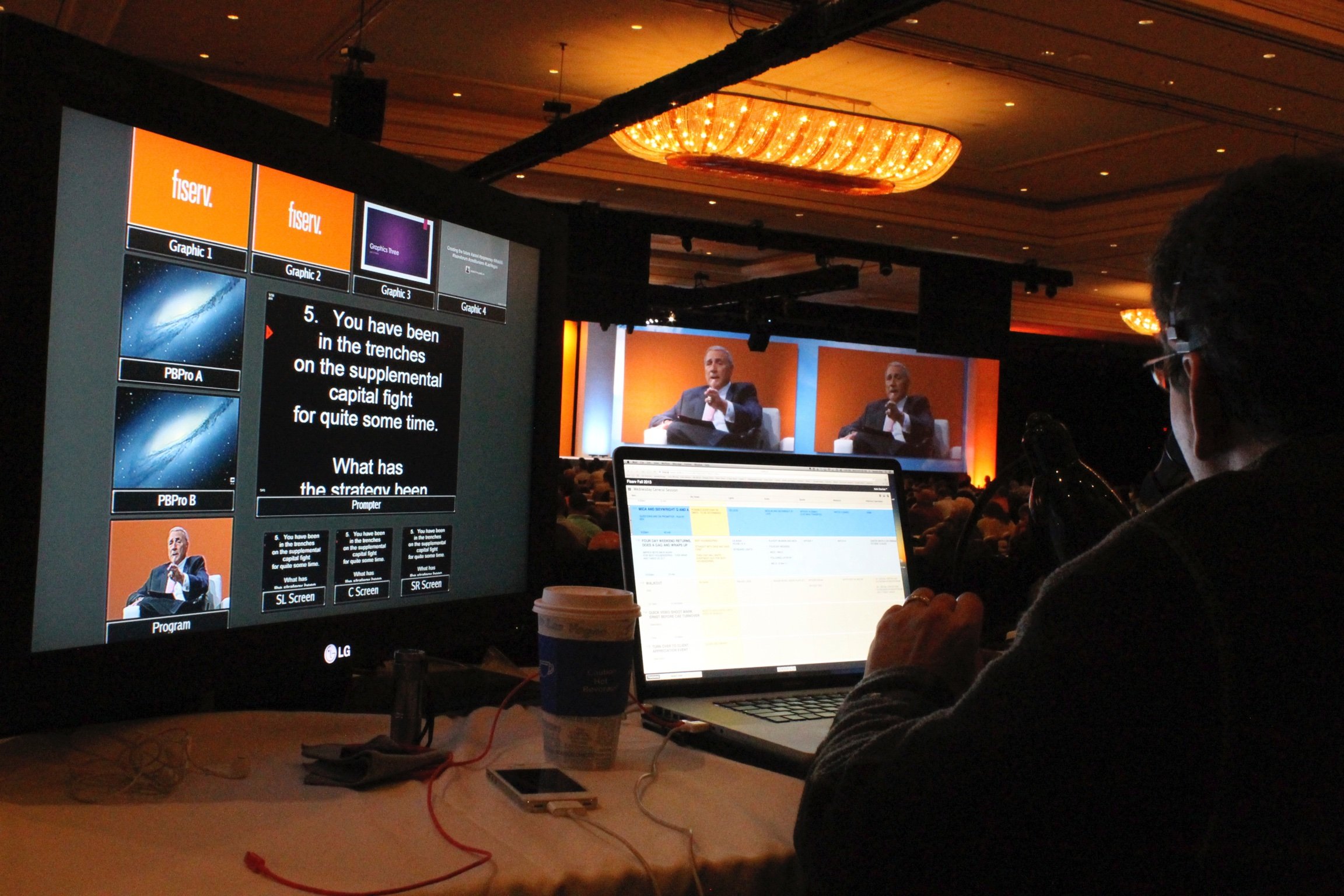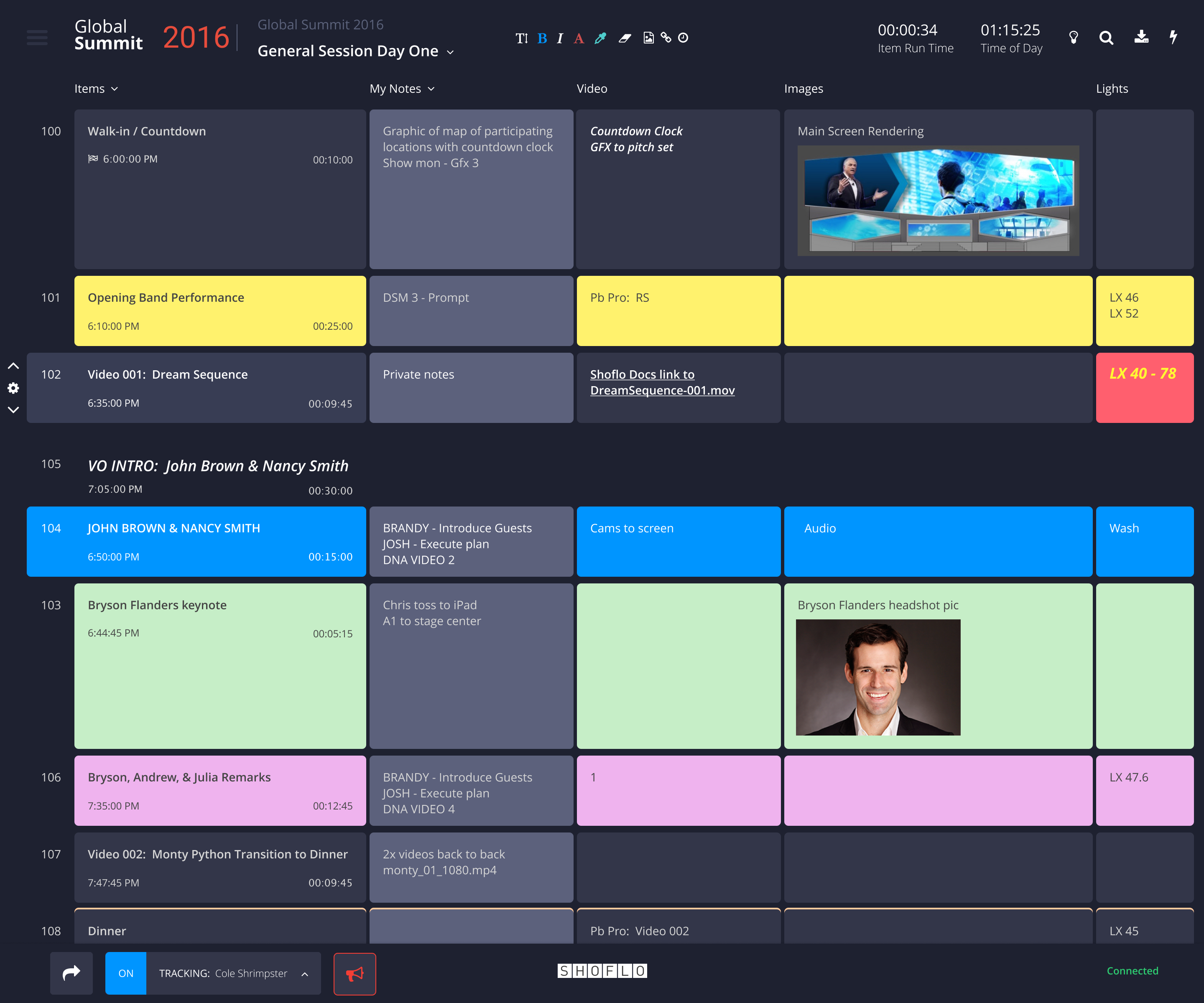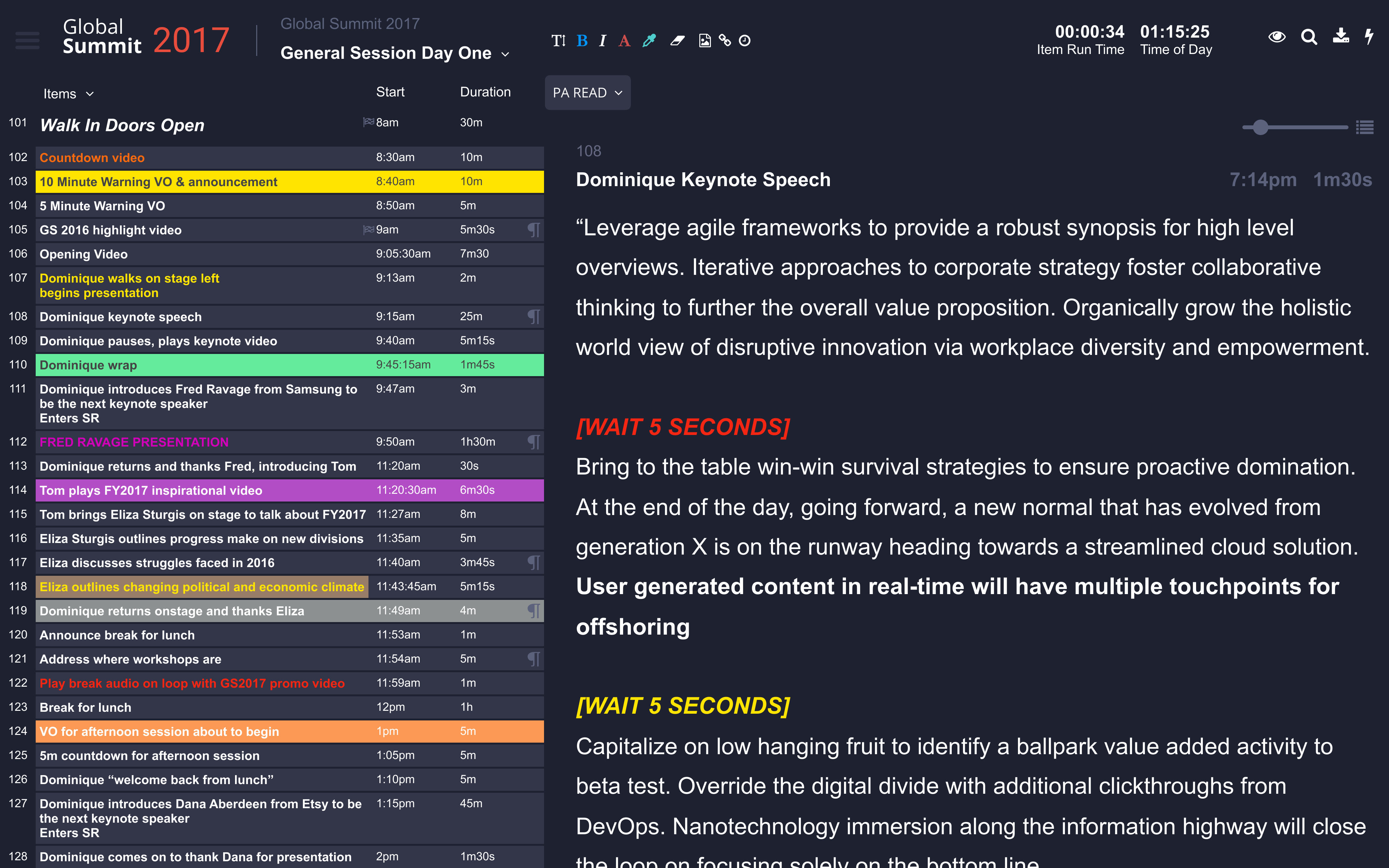Roles of an Event Production Team
Producer: The producer is in charge of the production logistics and works with the client to develop the content and creative elements of the production prior to the event.
PA [Production Assistant]: The production assistant offers a support role, providing assistance to the producer and the crew. They are often considered a jack of all trades.
Production Manager: The production manager handles the planning and executing of the event, with an expertise in implementing the overall creative, technical, and logistical elements that help an event succeed (event design, build strategies, audiovisual production, networking, logistics, partner sourcing, partner management, asset management, budgeting, negotiation, and client service). Production managers and their teams run the event from concepts, to implementation, to live show, to load out.
Stage Manager [Show Caller]: Supervises the execution of all show elements in a production. The stage manager sits in the tech booth in order to have a clear view of the stage. He or she gives direction by calling cues from the show flow, communicating directly to the crew during the performance or presentation. The stage manager is the point of contact for the client and producer to share their vision for the event. They will sometimes be referred to as the show caller.
A1 [Audio Engineer]: Primary audio technician responsible for designing, installing and operating the audio system in a meeting room or show venue. The A1 operates the audio console from the tech booth, typically at the front of house. The A1 sets and monitors the levels for all audio sources in a program, including microphones, VOGs, play-ons, video playback, etc.
A2 [Audio Engineer]: The audio technician who assists the A1, places the lavalier microphones on the presenters, coordinates the frequencies of the wireless microphones, and manages the communication requirements of the crew. The A2 is usually found backstage monitoring the audio equipment. This position is recommended for larger meetings or events with multiple microphones.
LD [Lighting Designer]: The primary lighting technician responsible for designing and supervising the installation of the event lighting package in a meeting room or show venue. The LD develops the lighting plot, taking into consideration the technical requirements, as well as the artistic aspects of color, coverage, and intensity. The LD directs the lighting focus and creates the lighting looks used during the program.
Graphics Operator: The technician responsible for the organization and operation of all presentations and graphic elements in a production. In addition to creating graphics, the operator manages any on-site changes. During the presentations, the graphics operator advances show graphics when prompted.
Riggers: The technicians who hang show components overhead in a meeting room or show venue. Rigging technicians are trained in safety and must reach a level of certification to legally perform their duties. Riggers can be hired directly or can be contracted through a service. Many hotels and venues have an approved rigging vendor that is familiar with the property and has an understanding of the structural weight capacities of the hang points in the venue. The rigging supervisor requires a CAD be provided in advance of a production to approve the placement of equipment rigged to the ceiling. Additionally, the weight of equipment needs to be factored prior to being flown. Ceiling heights and chandeliers must also be taken into account when designing a rigging plot.
Teleprompter Operator: A teleprompter is a video screen system that delivers scrolling, scripted text or bullet points to a presenter during a show. Teleprompting can be viewed in the DSMs, or more formally, in glass paddles placed to the sides of the lectern. The teleprompter operator maintains pace with the presenter’s delivery. Since the presenters do not have to look down at notes on the lectern, they can maintain eye contact with the audience and appear to be speaking naturally and spontaneously.
Mic Runner: The person who moves efficiently through the audience with a wireless handheld microphone during interactive sessions. Mic runners generally position themselves close to the stage, facing the audience during a question and answer (Q&A) session. They scan the audience and make eye contact to encourage participation. When attendees raise their hands, the mic runners move quickly to them and raise their hands or paddles to signal the presenter onstage. When a mic runner is recognized, they ensure the attendees use proper mic technique.
